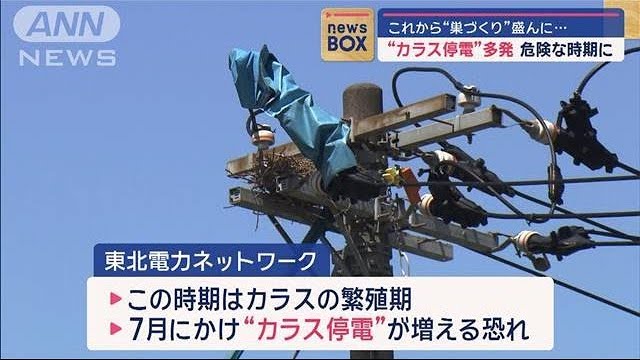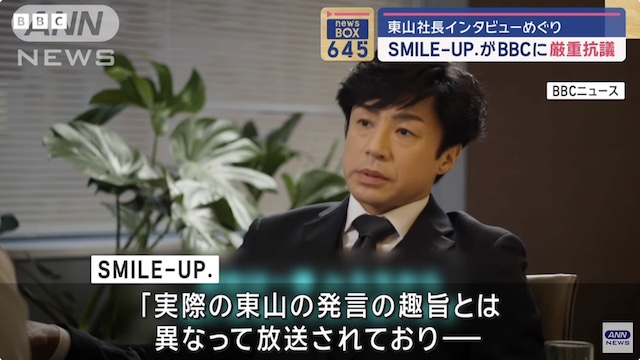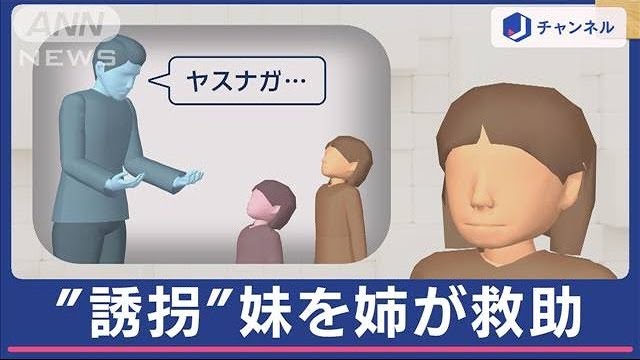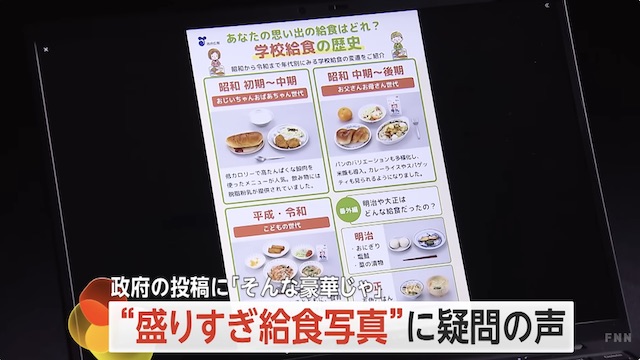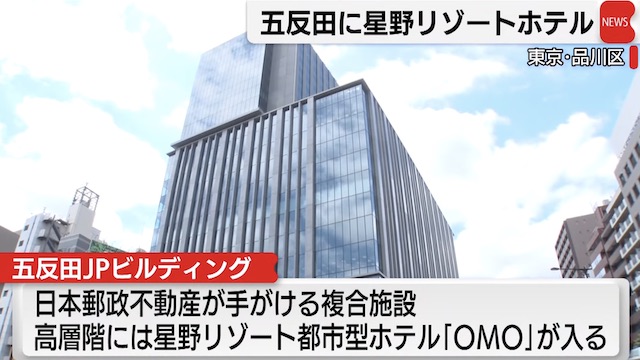May 14 (atlasobscura.com) - “A MAN WITH A KNIFE will come to the school today.” It’s not exactly the greeting one expects upon showing up to work. But this is what the vice-principal said on my arrival at the junior high school where I taught in rural Gunma Prefecture, Japan.
It was time for the annual intruder drill, a common practice at schools across the country. Japan has a reputation for low crime, but the country is particularly vigilant about protecting schools and students. And one of the ways they do that is through regularly scheduled, tightly controlled armed brawls.
Violent crime is rare in Japan compared with other developed nations, but it has experienced a few tragic incidents targeting schools or students in the last two decades. In contrast with the United States, where gun violence is a concern of every school campus, violence directed at schools in Japan overwhelmingly involves knives, due in part to Japan’s strict firearms laws. Most infamous of these attacks occurred in Ikeda, a suburb of Osaka in 2001, when eight students lost their lives after a man with a history of mental illness attacked.
China also saw a number of such incidents over a short span in 2010, during which time one also occurred in Yokohama. Responding dramatically to concerns over these threats, boards of education across Japan implemented a series of reforms in primary schools. Campus gates are kept locked during school hours, and security guards are often present during students’ arrivals and departures. In 2021, a small police station called a kōban was opened on the grounds of Sakura Elementary School in Osaka, believed to be the first of its kind. The local board of education declared it wanted the school to be “the safest school in the country.” Citizen patrols, including parents and other community volunteers, have also become common over the years. All told, as of 2018, 97.7 percent of schools in Japan had implemented some form of security measures.
And among the security measures is perhaps the most unusual: full-contact drills in which school personnel take on a simulated intruder, using an impressive array of weapons. While the selection varies from school to school, nearly 97 percent of staffrooms in schools are equipped with sasumata: a two-pronged, nonlethal variation of a medieval man-catcher used to trap and hold intruders. Bo (wooden staves), nets, whistles, zip ties, chemical irritants, and even stun-guns and tear gas might be available as well, to be used as tools for the “Curtailment of violent behaviour and persuasion to leave,” according to the Office of Disaster Reduction Research, part of MEXT. ...continue reading


